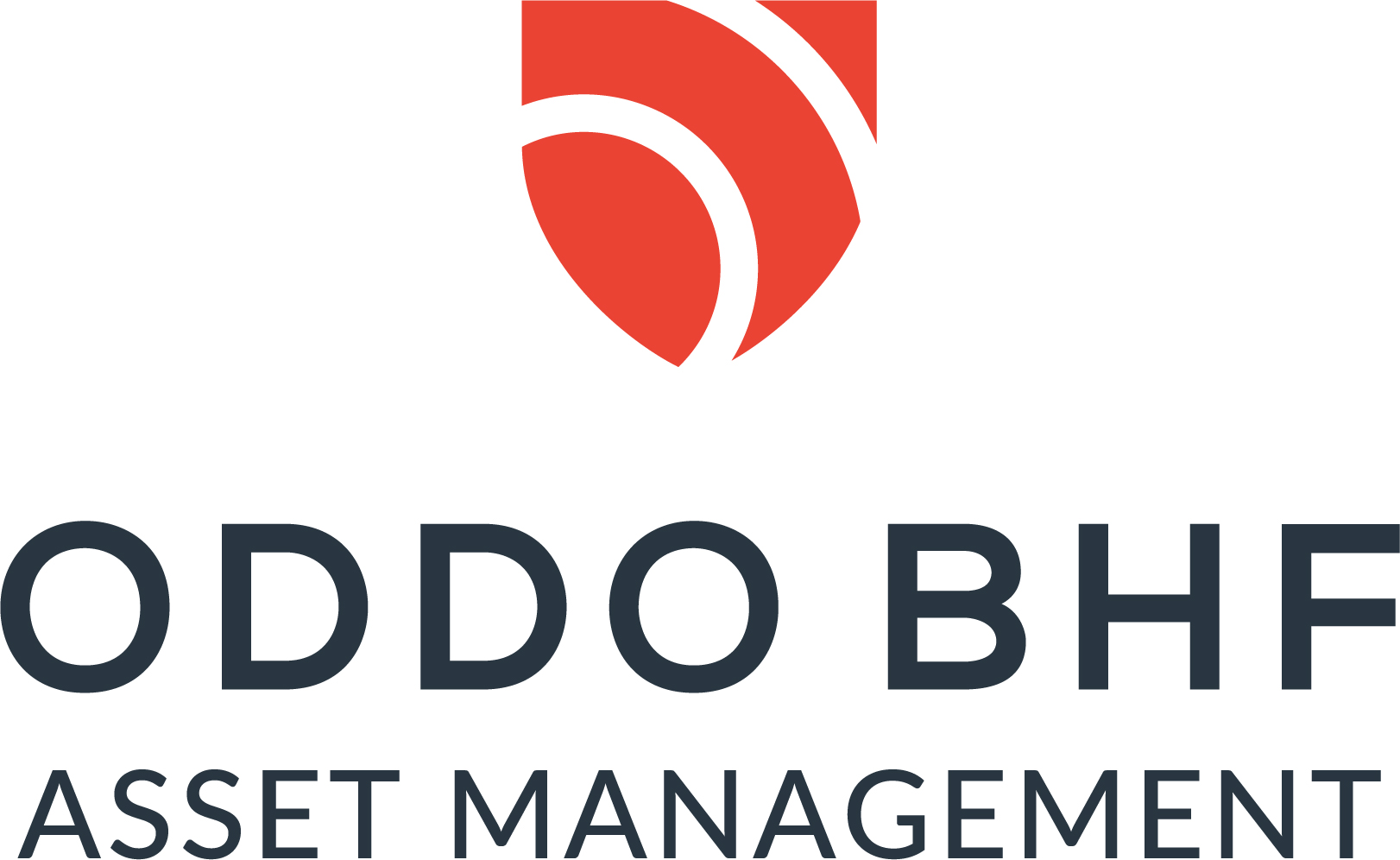
By providing the infrastructure to store, process and distribute data, data centers are becoming a growing source of energy demand. While they consumed around 300 TWh of electricity in 2022 (i.e. 1.1% of the total), the large-scale adoption of artificial intelligence is expected to triple this figure to almost 900 TWh by 2030 (i.e. an estimated share of around 3% of the total). Given the need to decarbonise the economy and reduce energy consumption, it is now crucial for developers to give priority to the energy efficiency of data centers.
EXPONENTIAL GROWTH IN ELECTRICITY CONSUMPTION LINKED TO AI
In 2023, there were around 8,000 data centers worldwide, with an installed capacity of around 60 GW, of which 33% in the United States, 16% in Europe and 10% in China. Unsurprisingly, the US technology giants dominate the global market, with existing capacities of 3.5 GW for Alphabet , 3 GW for Amazon , 2.5 GW for Meta and 2.2 GW for Microsoft . While electricity consumption by data centers may still seem modest (1.1% of the total in 2022), the International Energy Agency (IEA) predicts it to rise exponentially by 2030 as a result of the widespread adoption of artificial intelligence (AI), particularly generative AI. By way of illustration, a standard Alphabet search consumes 0.3 Wh of electricity, while ChatGPT query consumes 3 Wh, i.e. Ten times more.
While gains in energy efficiency over the last decade or two have stabilised electricity consumption, particularly in developed countries, the growth of data centers driven by AI is opening up new prospects for the development of electricity infrastructures.
THE KEY CHALLENGE OF ENERGY EFFICIENCY IN DATA CENTERS
In the United States, 50 to 60 GW of new data center capacity is expected to be built over the next few years, in a market characterised by decades of massive underinvestment in electricity generation and transmission infrastructure. The problem of infrastructure development lagging behind the acceleration in electricity demand is particularly acute in North America, but is common to most geographical areas.
To overcome this difficulty and minimise the environmental impact of data centers, it is essential to significantly improve their energy efficiency. A number of solutions are currently being deployed in the value chain by data center developers:
- Increasing rack density to deliver more processing power in the same amount of space. While a traditional server generates 3 to 5 kW per rack, the latest generations for artificial intelligence applications generate around 60 kW per rack, thanks in particular to the use of GPU (Graphic Processing Unit) chips rather than CPU (Central Processing Unit) chips, offering the ability to perform a large number of complex operations in parallel.
- Improvements in server cooling technologies, as this process accounts for around 40% of the power consumed in a data center today. Alongside traditional air cooling technologies, liquid cooling technologies are developing rapidly. There are two main types: "direct to chip", which uses a cold plate in direct contact with the server to transmit the lower temperature of the cooling liquid; and immersive liquid cooling, which involves immersing the motherboard in a dielectric liquid that dissipates the heat. According to the International Energy Agency, large-scale adoption of these technologies could reduce electricity demand in data centers by 10%.
- The use of renewable energy to increase the share of carbon-free electricity used to power data centers. US technology giants are also leading the way in this area, having signed long-term PPAs with energy suppliers in recent years, guaranteeing them a minimum level of renewable energy at a set price. More generally, this drive for low-carbon energy is driving the development of future data centers in new locations, in order to be as close as possible to renewable energy sources.
- The heat generated by the servers is recycled in the heating networks to supply other nearby industrial buildings, and the water is reused several times in a closed circuit to limit the use of natural resources.
REGULATORY SUPPORT
In response to the growing challenge of data center energy consumption, regulatory frameworks have been introduced in most of the world's major economies: the revised Energy Efficiency Directive in Europe (from January 2024, operators will have to report the energy consumption and CO2 emissions of their data centers, and for the largest of them, recycle the heat); the Energy Act of 2020 in the United States, which requires monitoring and transparency of energy and water consumption associated with data centers; and finally in China, where data center developers will have to use 100% renewable energy by 2032.
Fully aware of these environmental challenges, some sixty data center operators in Europe have launched the "Climate Neutral Data Centre Pact", committing them to achieving carbon neutrality by 2030.
OUR EXPOSURE TO THE DATA CENTER VALUE CHAIN
- Quanta Services (United States) and Prysmian (Italy) for the development of high and medium voltage network infrastructures;
- Eaton (United States) and Delta Electronics (Taiwan) for electrical equipment (generators, transformers, routers, memory storage);
- Johnson Controls (United States) for cooling systems;
- Nextracker (United States), First Solar (United States) and Iberdrola (Spain) for renewable energy generation.



